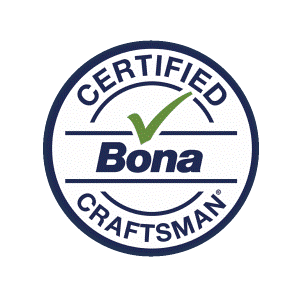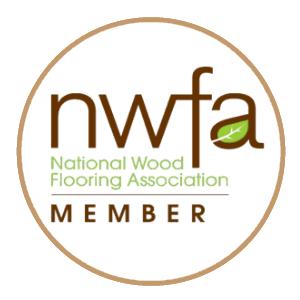How Have Wood Floor Trends Changed over the Years?
Keeping up with design trends isn’t always in a homeowner’s best interests. Rag-rolled walls had their moment, but if you didn’t get lured into this short-lived painting trend, you didn’t have to spend your time and money repainting a couple of years later. Wood floor trends also come and go, but fortunately, wood floors are always in style.
According to MarketWatch, the wood flooring market witnessed massive growth in the US from 2017 to 2022, and continued growth is expected. However, while America’s passion for wood floors never seems to wane much, the look of our wood floors has changed over time.
1960s: Parquet Flooring
Fitting small pieces of hardwood together to create geometric patterns started in the 17th century, but this wood floor trend peaked in the U.S. during the 1960s. Fortunately for lovers of all things intricate, parquet flooring and designs such as chevron and herringbone are having a comeback. Working with hardwoods to create these eye-catching designs takes the skill of installation experts.
1970s: Glossy Finishes
High-gloss oak wood floors found their stride during the era of avocado-green appliances and burnt-orange carpets. The high-shine look continued through the 2000s as the preferred size of the planks became thinner. High-gloss red or blonde oak is still a mainstay in many homes across the U.S.
2000s: Natural Wood
As Americans headed into the new millennium, a revived appreciation for the natural world had a significant impact on the world of design. Wood floor trends took a natural turn as more homeowners preferred distressed and slightly darker floors. Where glossy floors looked clean and modern, the distressed look was cozy and natural. Rustic, reclaimed, and organic wooden flooring was popular at this time.
2010: Wide Planks
While still prevalent today, wide planks set the trend from 2010 to around 2018, when their popularity took a downturn. Wider planks were a necessity before the industrial revolution, and the return to wider flooring was, in part, a nod to simpler times. Wider wood planks can also give a room more depth and make it seem larger. This look was less rustic than the natural trend in the 2000s and more “handcrafted.”
2020s: Matte Finishes
Current wood floor trends celebrate a clean, soft, and natural look. A matte finish provides a markedly different look than any of the trends that have come before. All-natural finishes come in various hues that enhance the warm look of wood without becoming the star of the show. Engineered wide planks — even up to 7½ inches — are still preferred over the 2- to 3-inch planks of yesteryear, but shiny finishes are most definitely off trend.
What’s Next for Wood Floor Trends?
It’s almost impossible to predict the next flooring trend. However, it’s safe to assume that wood floors will remain popular as long as people have eyes. Wood is durable, and adding wood floors increases the value of a property. Nothing can compare to the beauty of wood. The variety of types, widths, and finishes allows every homeowner to express their creativity when selecting the right flooring for their home. Refinishing wood flooring is also another advantage of having hardwood. This helps it to maintain its beauty over time.
Whether you want to update your home to be in style with current trends or prefer to express your personal taste regardless of popular design trends, Elite Hardwood Flooring is here to help. We provide expert installation, dustless sanding, and finishing to homes all across Maryland. Contact us today for more information about our services.
Share

